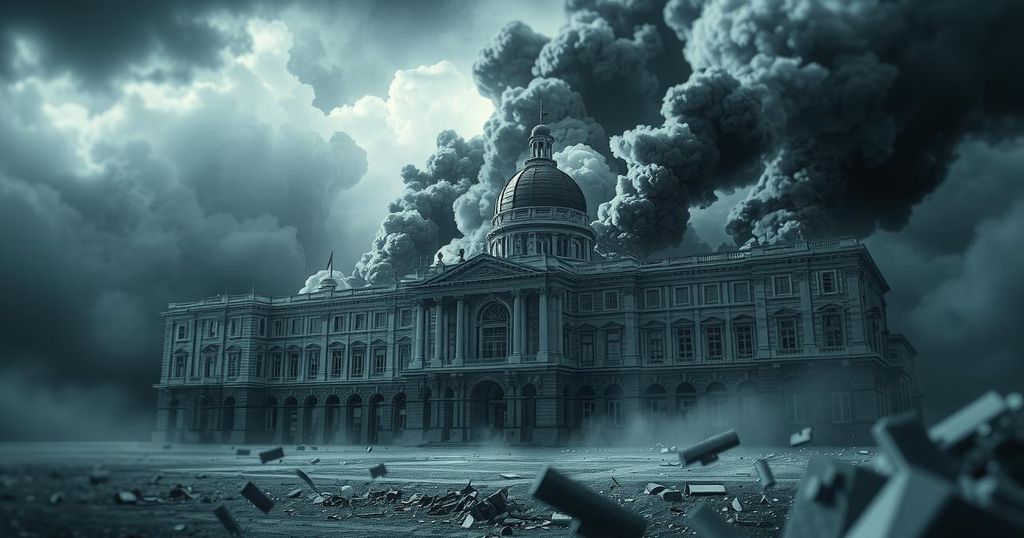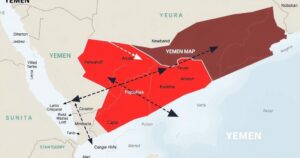Sudan Army Retakes Presidential Palace, Conflict Persists

The Sudanese army has recaptured the presidential palace in Khartoum, marking a significant moment in its battle against the RSF. Despite this victory, the conflict continues, as the RSF controls large areas of the country including western Darfur, and the humanitarian crisis worsens.
The Sudanese army has successfully retaken the presidential palace in Khartoum, which signifies a crucial moment in its ongoing conflict with the paramilitary Rapid Support Forces (RSF). However, this development does not signal the conclusion of the two-year civil war, as the RSF retains control over significant regions, particularly in western Darfur, where violence has been severe.
Celebrations erupted among soldiers as they displayed their weapons and expressed their joy at this significant victory. The army reported that it has gained control of key ministries and buildings in the center of Khartoum, with spokesman Nabil Abdallah announcing the destruction of enemy forces and the seizing of substantial military equipment.
This battle is pivotal for the Sudanese army, as the presidential palace is not only strategically important but also historically significant. Although the army’s recapture of the palace marks a decline in RSF’s influence in Khartoum, the conflict continues to result in severe humanitarian consequences and a division within the country.
The Sudanese army’s recent advances point toward its determination to regain control over the capital following heavy fighting with the RSF that has intensified in recent months. As the situation evolves, the conflict remains a dominant concern, impacting the lives of many Sudanese citizens.
In summary, the Sudanese army’s reclaiming of the presidential palace represents a notable achievement in its ongoing conflict with the RSF, yet it does not signify the end of the civil war. The RSF continues to wield power in various regions; consequently, the humanitarian crisis persists. The developments in Khartoum remain vital to understanding the future trajectory of Sudan’s stability and governance.
Original Source: www.bbc.com








